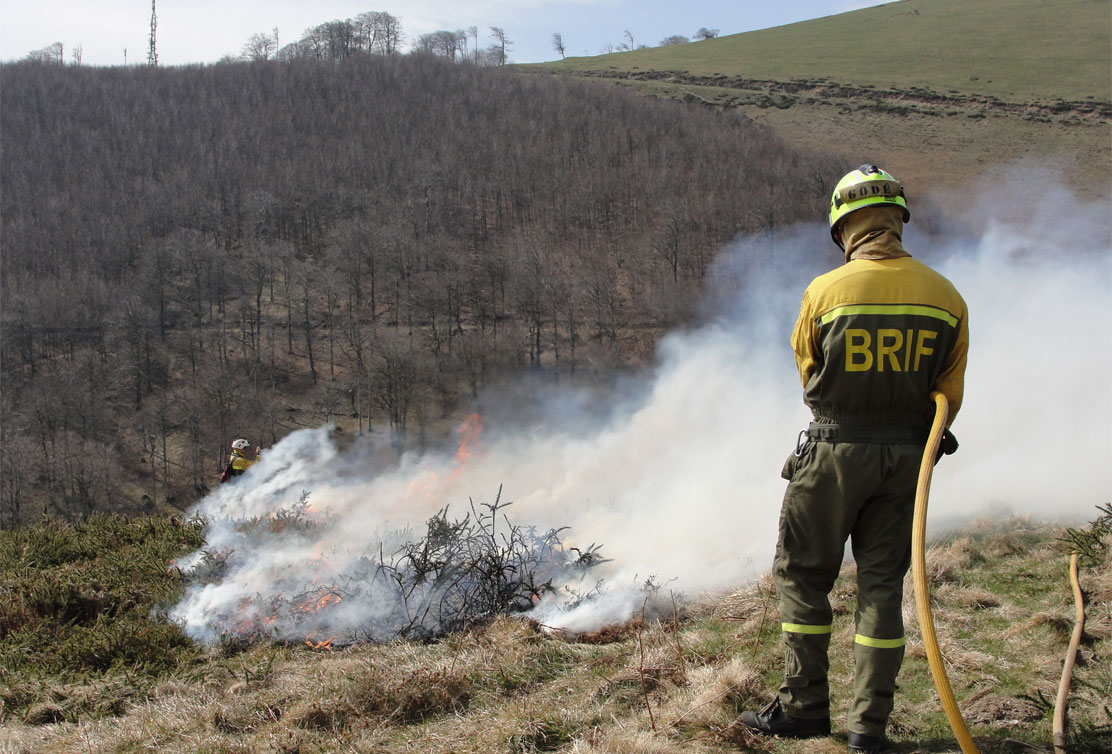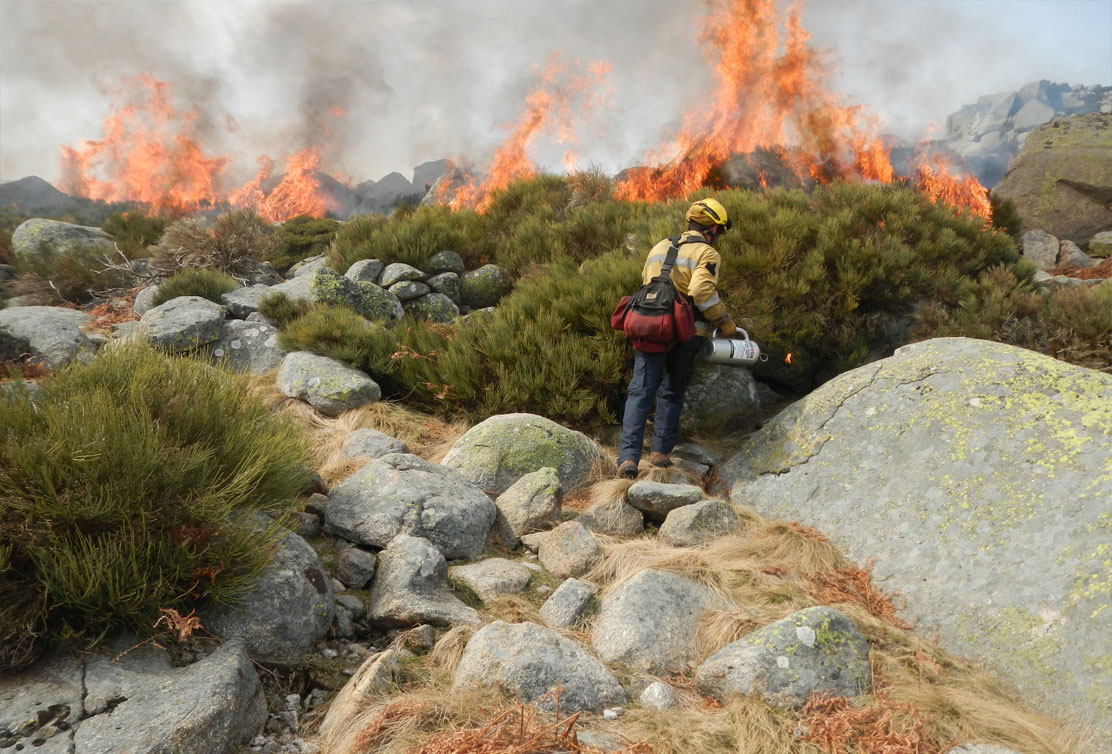- Inicio
- El proyecto
- Objetivos
Objetivos
-
1
Combination of guided herbivory and controlled fire: PYRIC HERBIVORY
Natural ecosystems evolved under a regimen of disturbances that created diverse, complex and multifunctional landscapes. Pyric herbivory has demonstrated the benefits of the combined application of fire and grazing in the management and restoration of these landscapes. OPEN2PRESERVE proposes the application of this innovative approach in the SUDOE region as an alternative to the independent application of both techniques.

-
2
Use of indigenous breeds of EQUINE and OVINE livestock for pyric herbivory
In the face of the traditional use of caprine livestock, frequently related to problems of excess foraging and a loss of vegetation, OPEN2PRESERVE proposes the use of EQUINE (Atlantic zone) and OVINE (Mediterranean zone) livestock for the practices of pyric herbivory. Equine livestock is characterised in particular by a digestive apparatus able to digest cellulose and ingest large amounts of food, thereby eliminating a large part of the fuel load of forests, an action favoured for the effect of its stomping. Furthermore, the use of equine livestock presents a series of advantages, such as: 1/3 of the methane released by a dairy cow, elevated hardiness and good adaptation to the land and to extreme climates, scant healthy problems, high mobility and prolonged grazing period (9-10 months). In the case of ovine livestock, work will be done with indigenous breeds well adapted to the natural environment and of mixed productions in some cases (meat/milk), which enables better diversification of the end product.

-
3
Identification and fostering of innovative assessment solutions
The management model proposed will not be limited solely to the application of pyric herbivory practices, but will also include assessment proposals (obtaining livestock products with a quality seal, new marketing routes, herbivory companies...) that will ensure the profitability of the management model and the revitalisation of the natural heritage of the territory. Ultimately, the aim is for the management model to be sustainable on its own and self-sufficient, so that it can be implemented with minimum cost for national and regional public administrations. Given that pilot experiences will be undertaken in different geographic environments (Atlantic and Mediterranean mountain), the results will be transferrable to the different SUDOE territories and beyond their borders. Ultimately, the aim is to improve the state of conservation and the ecological quality of mountain habitats, at the same time contributing to the territory’s economic and sustainable development through the promotion of innovative activities linked to the green economy.














